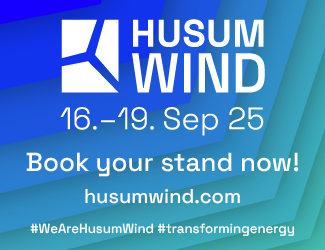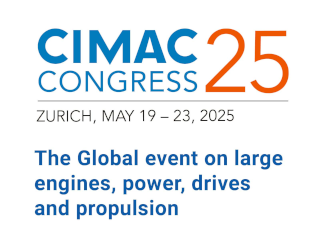The charter market for container ships remains busier than expected, with tonnage availability trending down in November. By Michael Hollmann
Following continued strong demand for tonnage, the container ship charter market looks set to close the year on a very[ds_preview] firm footing. According to shipbrokers, fixing activity was beating all expectations over the past weeks as liner operators kept adding ships from feeder class up to panamax to their service networks. Service suspensions and blank sailings during the traditional cargo low season from November to February will be very limited based on what has been announced so far, illustrating the carriers’ confidence in the market. Global container trade growth is expected to reach 5% or more this year, driven by improved economic activity in most parts of the world.
The New Contex published by the Hamburg Shipbrokers’ Association drifted gently lower at the beginning of November only to pick up again in the second half of the month. At 400 points today it is basically unchanged month-on-month. Although shipowners have not been able to exploit the high activity to enforce charter rate increases across the board, the fact that rate levels are pretty stable overall must be seen as a positive. Some years back, market levels tended to deteriorate by 10% or even more during the winter low season.
If tonnage demand does not deteriorate much further over the coming weeks, shipowners should be in a good position to press for rate increases when charter demand goes up again after Chinese New Year around the end of February or early March. According to London broker Howe Robinson, the number of spot/prompt vessels today is at its lowest since the second quarter of 2015 when charter rates soared to the highest levels in several years. Back then, labour-related port congestion on the US West Coast was forcing container lines to hire large numbers of extra ships as contingency measure. During November there were only around 40 ships on average »sitting on spot/prompt positions, which is 16% of what was available this time last year,« Howe Robinson wrote in a research note to clients. »Traditional charter market ships have disappeared and we estimate that there are only a handful of 1,200 – 4,000TEU [vessels] that are available for immediate delivery,« it said. Looking 60 days ahead, the number of charter ships coming open is estimated at 298 ships which it says is the lowest it has been during the month of November for three years.
The much-noted idle fleet statistics of Paris-based Alphaliner also showed an unexpected improvement during the first half year of November. The idle fleet capacity (charter-free tramp + unemployed liner tonnage) dropped by 74,000 to 520,365TEU or 2.5% of global fleet capacity. The only segment with an increased number of idle units was the very large gearless sector of 7,500 – 12,499TEU, effectuated by the limited seasonal capacity adjustments of the container lines. As a result, charter market rates for these big ships weakened to around 12,500 $/day. Demand for large vessels in the 5,500 – 7,000TEU segment, however, remained well supported by continued demand, allowing owners of 6,000TEU units to agree higher levels of 13,250$/day for shorter flexible employments.
Perhaps the biggest surprise in terms of activity was the surge in enquiry for traditional panamax vessels over the past months. A raft of fixtures by Maersk Line (followed by CMA CGM…) caused a steep decline in spot availability of panama vessels from 27 to 11 units within just a fortnight, according to Alphaliner. To the disappointment of owners, charter rates only recovered slightly to around 7,000$’s in Asia and to around 8,000$/day in the Atlantic.
Market rates for original »sub-panamax« vessels (2,700TEU, 2,500TEU) were also moving sideways although new eco type designs did obtain some improvements, including the SDARI 2100 type (2,200TEU) which got fixed at a new high of almost 13,000$/day.
One of the size classes that recorded a consistent upward trend in rates over the past weeks was the 1,700TEU geared and gearless sector. Standard Wenchong 1700 types are now able to fix at slightly improved levels of 8,000$/day both in Asia and the Mediterranean while the older, more flexible B170 types (with breakbulk capability) even achieved 8,500$/day in the latest round of fixtures.
New efficient designs such as Wenchong Mark II and CV Neptun/Topaz also experienced further increases to over 10,000$/day.
Moderate increases were also observed in the feeder classes below 1,000TEU, with gearless 700TEU ships seeing fixing levels go up by a few hundred dollars to 5,000$/day on account of good demand from Asian operators.
Michael Hollmann















